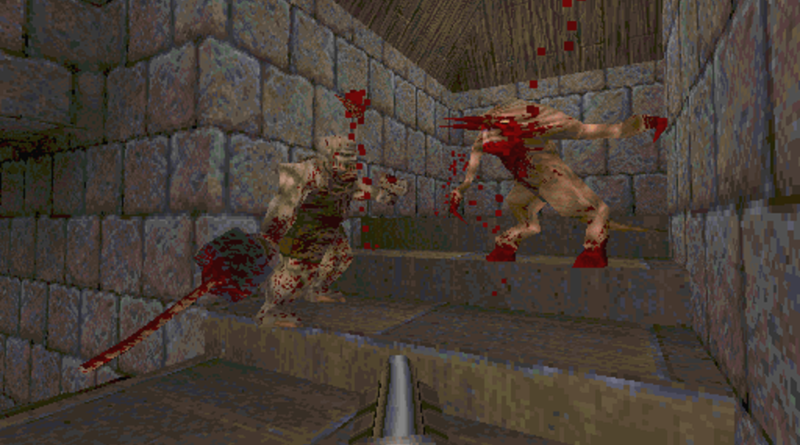Quake: Does it Hold Up?
In keeping with the spirit that inspired me to play the original Doom and Doom II to fill the pre-Team Fortress Classic hole in my repertoire, I would be remiss to not also try id Software’s other magnum opus. Their followup game that nevertheless managed to redefine the shooter genre again and take the gaming industry by storm. I don’t know how they managed to do it twice, but the original Quake is a fantastic experience. If you haven’t played it, you really need to go see what all the fuss was about.
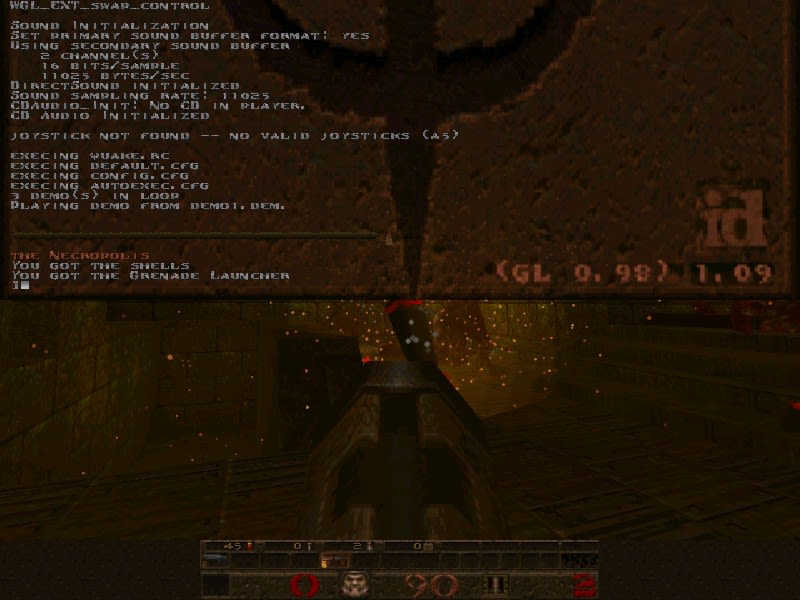
Now I must confess that I didn’t enjoy Quake quite as much as I enjoyed Doom. Doom feels like it holds up even in 2021, due in large part to several design choices the industry forgot to steal. Meanwhile Quake has been so thoroughly picked clean by future shooters that you aren’t going to find anything you don’t already know like the back of your hand. In addition, Quake went for a then-unique brown/dark grungy aesthetic. Which, combined with the low-polycount artstyle makes for a pretty difficult game on the eyes. I honestly much prefer Doom‘s bright, pixellated, billboard-filled design over Quake‘s medieval gothscapes.
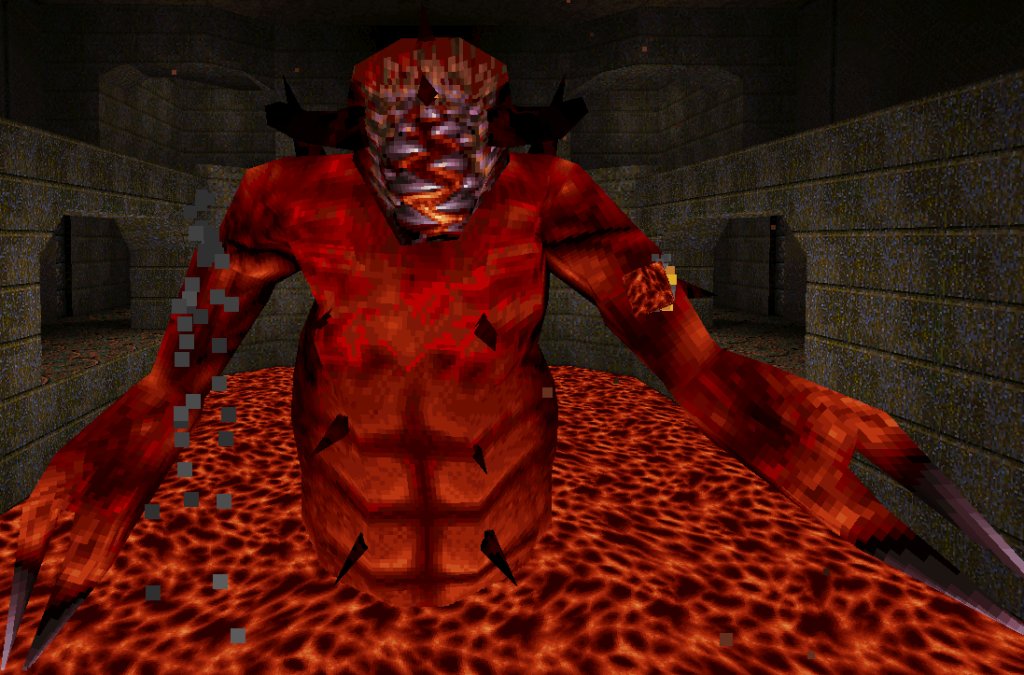
Still Memorable!
But don’t take these as criticisms, because Quake did what it needed to do for the time it came out. It invented most of the now-tired tropes populating its design. And they’re all still working together to create a visceral and memorable experience in gaming’s first genuinely-3D FPS. The player controls Ranger, who travels through a series of themed worlds collecting runes in preparation for taking on Shub-Niggurath, a cthonic being taken straight from HP Lovecraft. Much like Doom, what little story there is exists only in post-level text crawls, the real focus is on the raw gameplay.
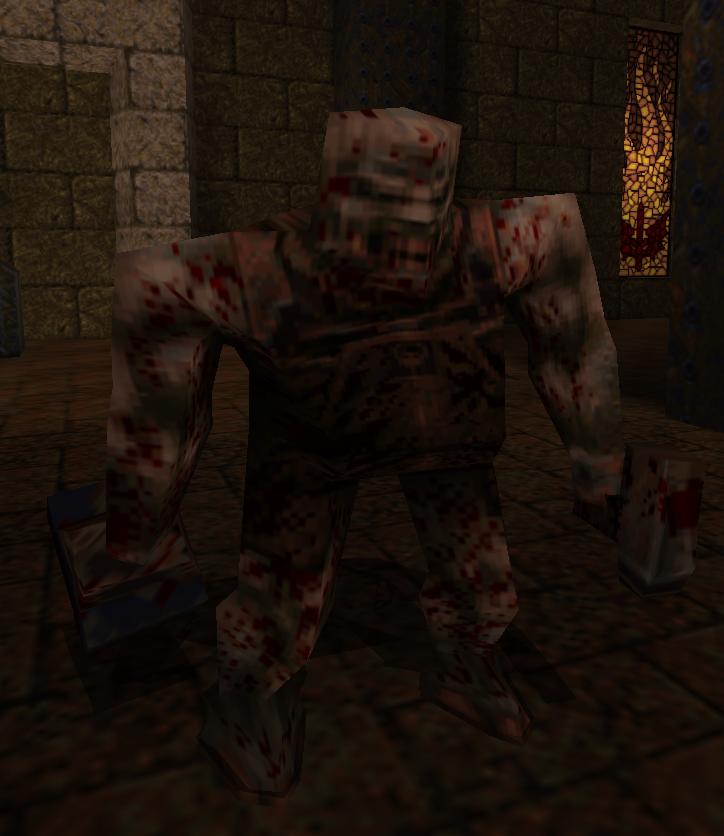
Weapons and Enemies
The enemy types were refreshingly varied, with most of your classic mook roles represented in the enemy ranks. Hitscan pseudo-humans, flying spitters, charging melee knights, flesh-eating piranhas, and ubiquitous chainsaw-wielding grenadiers are waiting for you within Quake’s halls. All of whom require different strategies to defeat. Much like Doom combined demonic and space-trooper aesthetics to create its world, Quake merges medieval and science-fiction… Albeit in ways with slightly less in-universe justification. The weapons are actually more-limited than in Doom, with only shotguns, nailguns, exposives, a railgun, and a useless axe to fill out your inventory. I am surprised they didn’t bring back the chainsaw. Nailguns and the railgun ran out of ammo quickly and shotguns weren’t ideal in numerous situations. So I found myself maining the explosive weapons most often, since the game is overwhelmingly generous in how much rocket ammo it passes out.
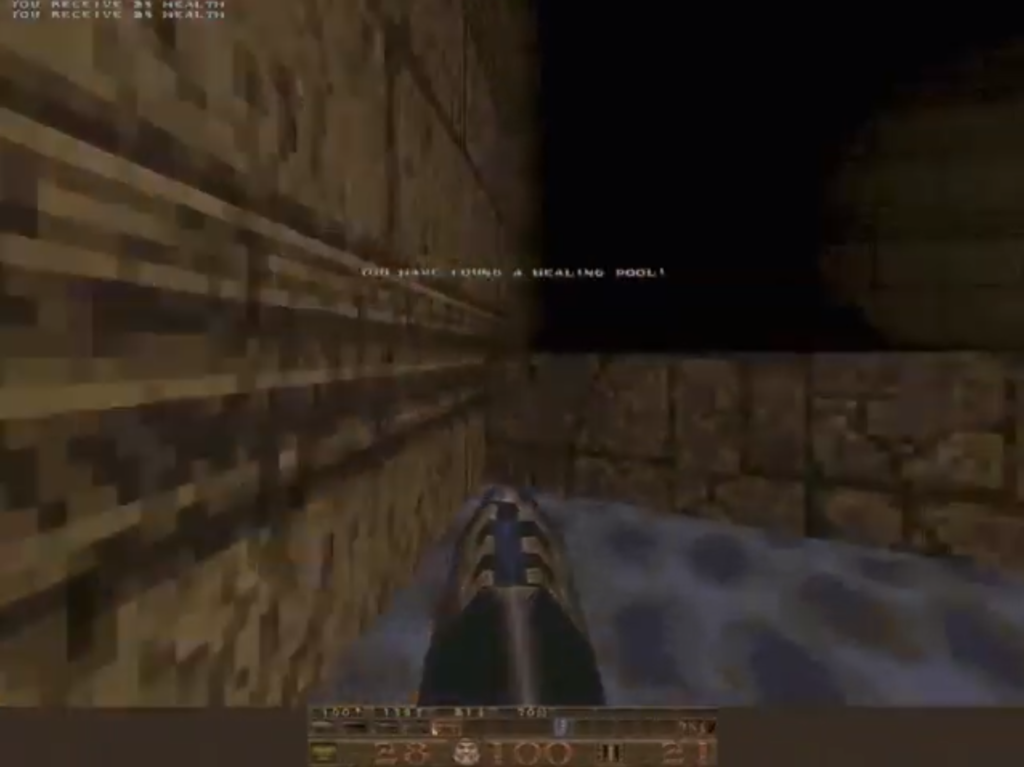
Wrong way about it.
I do admit that I unwittingly played large parts of the maps incorrectly. Well aware of Quake‘s reputation for rocket-jumping, I regularly used it to access secrets and bypass chasms. I only learned after beating the game that the devs didn’t design anything with rocket-jumping in mind, as their playtesters never thought to jump first and prevent 90% of the damage taken while almost tripling distance flown.
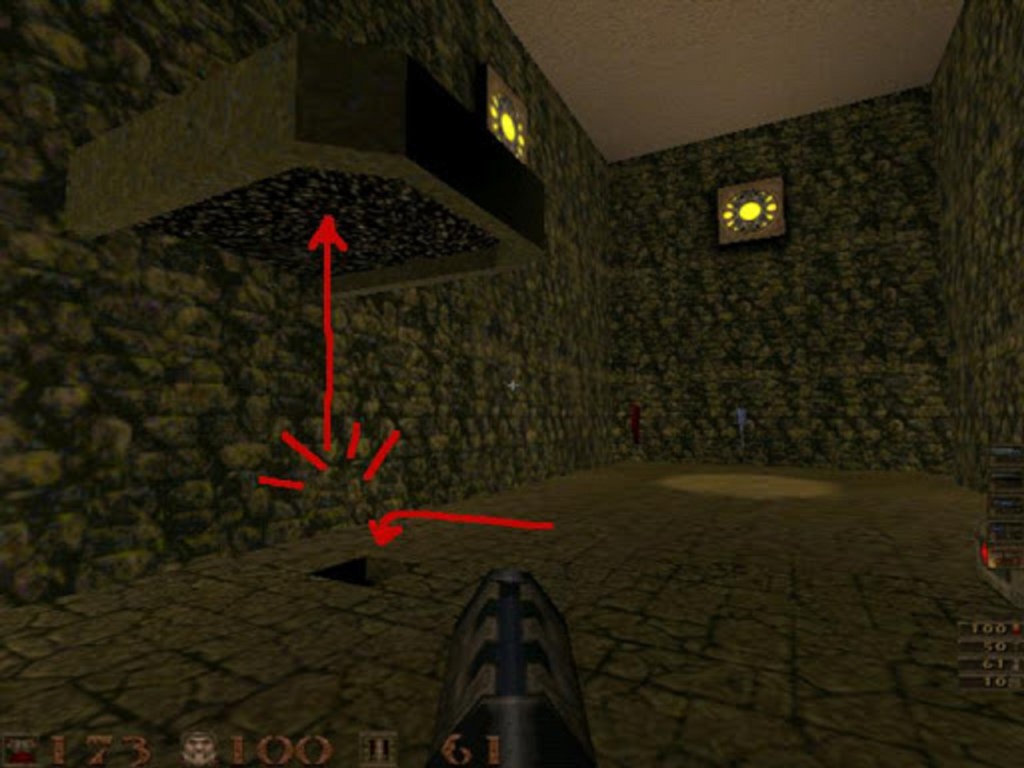
Odd Boss.
I also completely misunderstood the final boss, which makes it tough for me to compare her to the Icon of Sin, a similar puzzle boss that ended Doom II. You were supposed to kill all the mini-bosses, reach the teleporter and then discover through trial-and-error that it spawned you in the lava… Unless you waited for a floating orb to pass temporarily through Shub-Niggurath’s chest. You had to time yourself for the telefrag victory.
Instead, I assumed the mini-bosses were infinitely spawning. So I rocket-jumped past them up the monutain and leapt blindly through the teleporter before they killed me. I then stared at the victory screen in confusion as I’d unknowingly done so at the perfect moment and the game was over. Either way, I think I prefer how Doom II’s Icon of Sin brought back every monster type in a big ever-increasing brouhaha that necessitated solving the puzzle quickly before you were overrun.
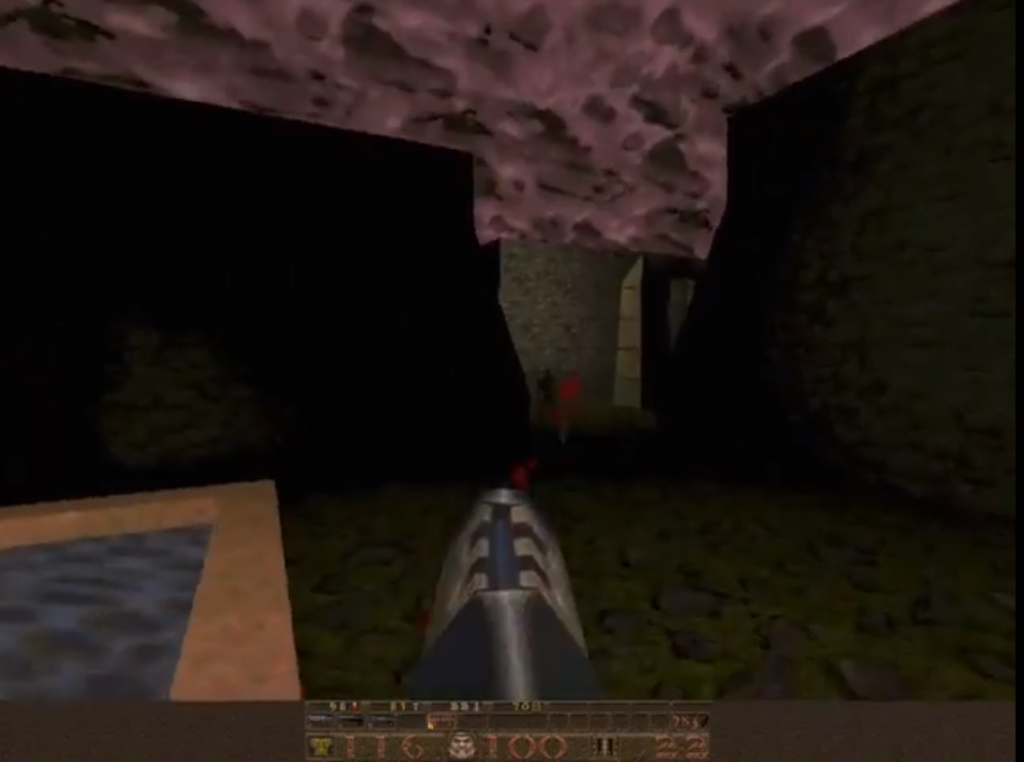
Overall I’m still super glad I played Quake, as it felt like the biggest-remaining hole in my gaming portfolio. If you haven’t played through it, I don’t consider it a mandatory-play like Doom. But you’re missing out by not seeing where most of your favorite FPS mechanics first took shape.
